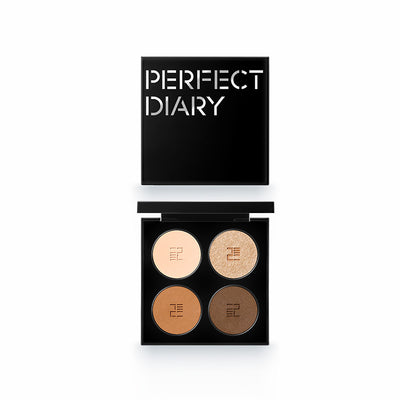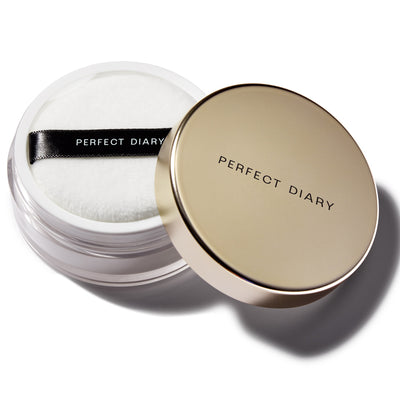What’s water based concealer and how to apply it?
What is a water-based concealer? There are so many choices out there when it comes to concealers, but how do you know what to use? Now that makeup and skin care have merged, it can be even more confusing. Makeup may be purchased everywhere, including supermarkets and drugstores. Before purchasing that concealer, you should learn how to read the components and interpret what it implies for your skin type.
The secret to perfect makeup looks, whether you're looking for a glam girl or a natural vibe, is choosing the proper concealer. With the perfect coverage that also gives you a natural-looking finish, you may conceal, contour, color-correct, or cover over a blemish.
Different types of concealers
Concealer bases come in three varieties: silicon, water, and oil (or wax), and they all affect how the product will wear on your skin. In essence, your concealer base, foundation, and primer must match. Therefore, you must use a water-based primer and foundation with water based concealer, or vice versa.
Ingredients are listed in order of predominance, with the ingredients used in the greatest amount first, followed in descending order by those in smaller amounts.
Oil or wax based concealer
Products with an oil or wax basis usually have a lot of pigment. They must be warmed up before use to ensure easy application. By combining it before to application, you may accomplish this on the back of your hand.
Water based concealer
Concealer with a water base provides the most transparent backdrop for applying makeup. It works wonders to replenish the skin's hydration. Skin will absorb water, adding moisture as a result. Many airbrushing styles employ water-based foundation, which produces gorgeous matte makeup.

For example, the Flawless Glaze Silky Touch Liquid Concealer is a very good water based concealer product. It’s a super-blendable concealer that instantly helps brighten, smoothen and give the skin a firmer, more lifted look, and Its creamy, easy-to-blend formula won't flake or crease.
Silicon-based concealer
Near the top of the list, terms ending in "cone," "methicone," and "siloxane" frequently denote silicone-based products. Any liquid product will have water at the top of the list since it makes the product fluid but does not necessarily make it a water-based product. In its many forms, silicone may feel extraordinarily smooth and silky on the skin because to the special fluid qualities that allow it a tremendous bit of slide. Silicon will sit on top of the skin and not be absorbed.
How to choose which base is suitable for your skin?
1. Water and oil don't mix, so if you have oily skin, it's best to use an oil-based concealer rather than a water-based one.
2. If you have dry skin, it's best to use a water-based concealer, look for products with “water” or “aqua” at the top of the ingredient list, and avoid silicones.
3. Combination skin can get away with almost anything so long as the skin isn’t extreme in one area to the next. For example, you have dry patches on your cheeks, but your nose will glisten within an hour of applying foundation. Or your makeup tends to slide right off your forehead, but your nose and cheeks have skin flaking off. In this instance, it’s recommended to treat the dry skin with a great lotion and apply a base made for oily skin like a product that is silicon-based but says MATTE on the front of it.
How to keep your concealer from caking and creasing?
Stay moisturized
The best way to prevent a caked-on concealer look is to prep with a good quality lotion or cream, especially for your under-eye area because it doesn’t produce oil as the rest of your skin does. Even if your skin is oily, moisturizing is essential.
Use setting powder
If you want an even skin tone and makeup that stays in place all day long, finish up every makeup session with setting powder.
Use a sponge
Apply the concealer on your skin lightly using a makeup sponge for an incredibly equal distribution. Keep in mind that little is more. If you only need a little, start there and work your way up. If you do wind up applying too much, wipe the area with a moist makeup sponge.





















